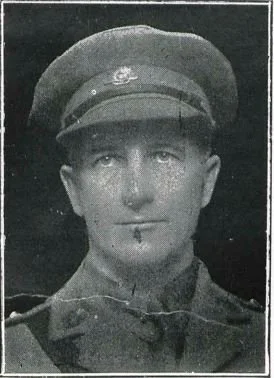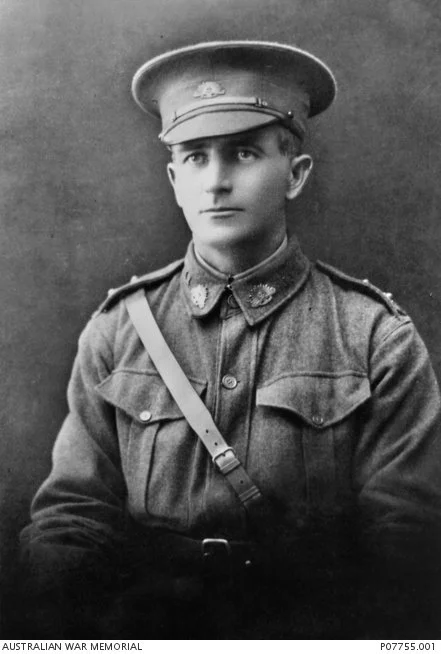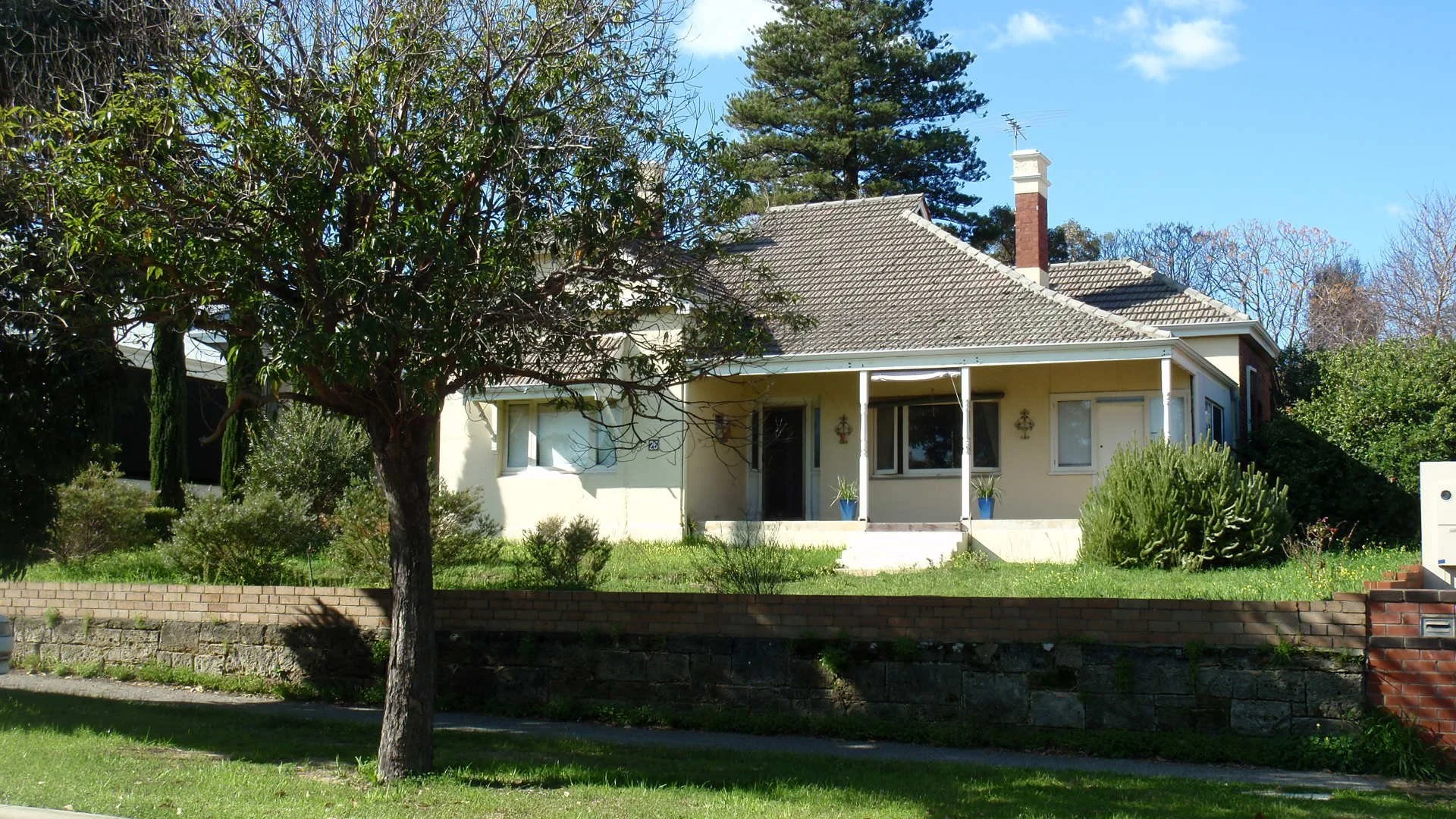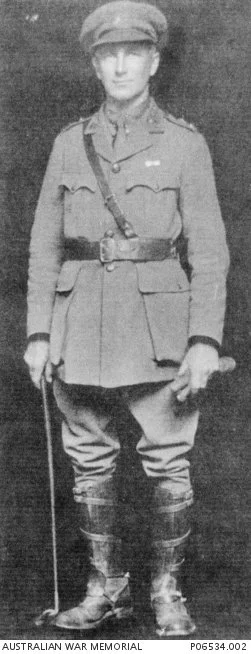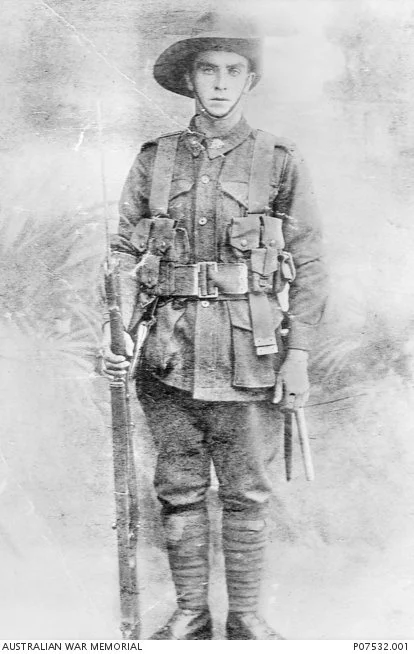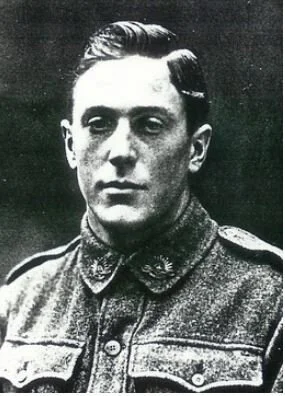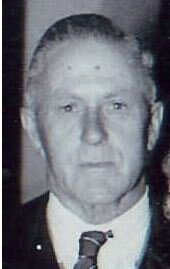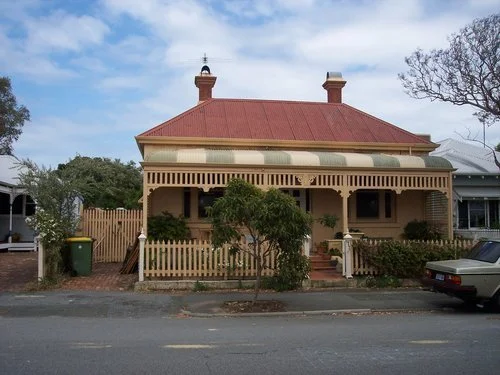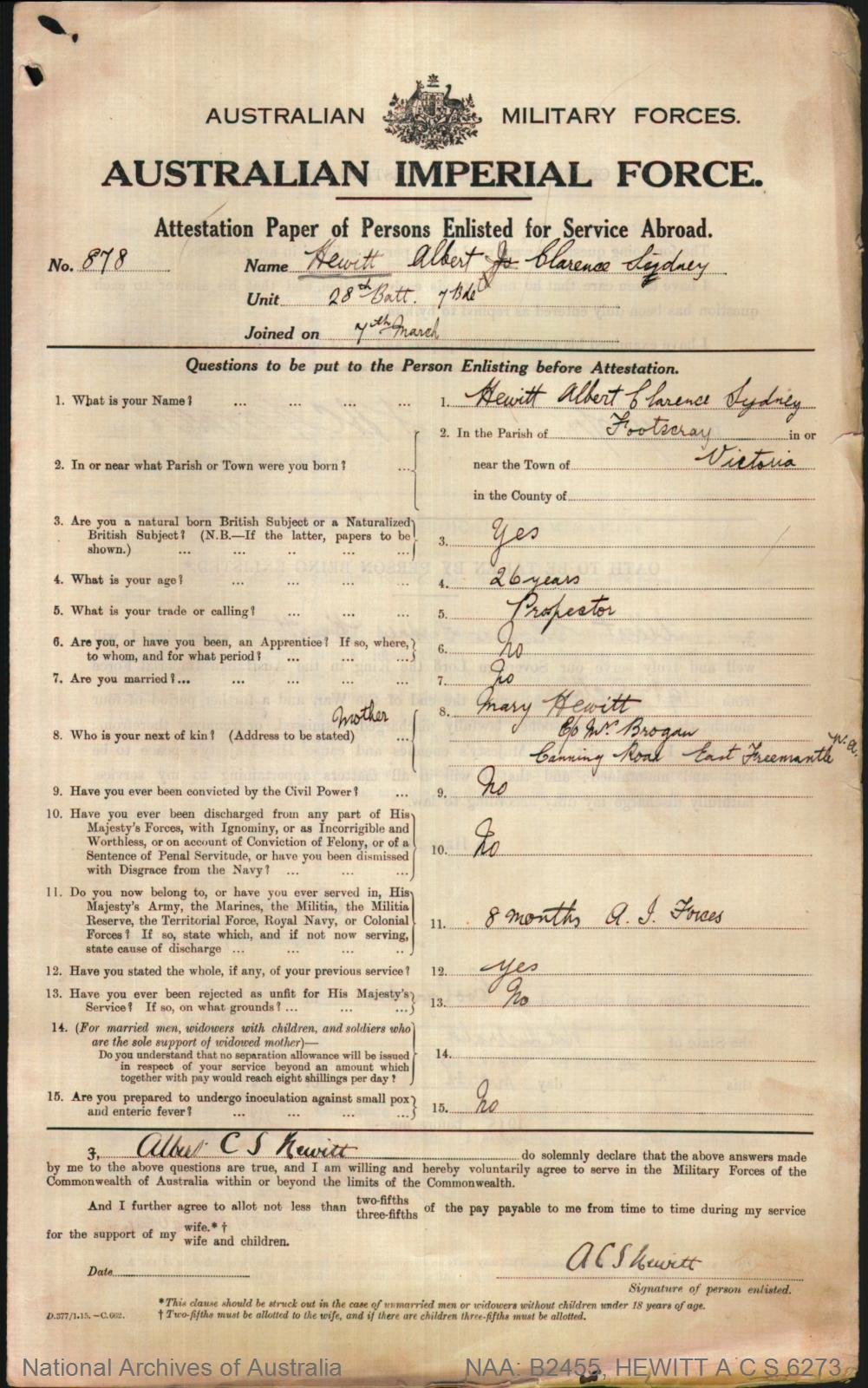Joseph Walter Knuckey
Soldier of East Freo
Joseph Walter Knuckey was born on 6 February 1885 in Mount Torrens, South Australia. He was the youngest of six sons and six daughters of his Cornish-born parents - Joe, an engine driver, and Eliza nee Lyttleton, who married in 1860.
Joe had come to Victoria as a young man in the early 1850s, fought at the Eureka Stockade, and was a prominent, long-time trade unionist. Theirs was a strong and loving marriage, the success of which Joe later attributed to always letting Eliza have the last word, and agreeing with her in all things.
He brought his family to Western Australia in the mid-1890s with the Gold Rush, and secured land on which to build a home in Dwyer Street, Boulder. He also attained his engine drivers’ certificate and became an active member of the Amalgamated Certificated Engine Drivers’ Association.
The 1910-1911 electoral roll shows the couple living in Solomon Street, Fremantle, perhaps indicating Eliza (69) and Joe (78), then the oldest trade unionist in Australia, enjoyed an extended trip away in celebration of their 50th wedding anniversary. Back in Boulder in February 1911, as he sat peacefully in his chair, he suddenly felt death sweep over him. He told Eliza he was done for, and that he then could not see. He made his goodbyes and quietly died a few minutes later.
Eliza soon moved down to Perth to be near her married daughters, who were raising families of their own. She lived at 27 Holland Street, Fremantle, not far from where she had stayed in 1910.
Young Joseph came with her. In the Goldfields he had worked as a battery hand, millhand and labourer, but he now joined the WA Government Railways (WAGR) as a pipe jointer, working in East Perth.
In 1914 he married Ita Colreavy, and they moved into a home not far from Eliza, at 155 Glyde Street, East Fremantle, on the south-west corner of Marmion Street. Their first child, Frederick, was born on 1 July 1915, and was the prescient namesake of Joseph’s brother Fred, who had embarked for Gallipoli, after very little training, the week before. Fred survived his service there, but not without injury and, sadly, died in France in August 1917, having suffered fatal head injuries from a bomb blast.
On 30 August 1916 Joseph enlisted and his medical exam shows he was auburn-haired and very slight: five feet five and a half inches in the old scale (166cm), and just 138 pounds (62kgs). On 23 December 1916 Joseph embarked on the Berrima at Fremantle with the 7th Reinforcements to the 11th Battalion, arriving in Devonport, England, on 16 February 1917. After further training, and having his photo taken at the Dease Studio in Barrack Street, he embarked for France on 20 June 1917, joining his unit on 4 July.
With Joseph away, Eliza moved in to Glyde Street with her daughter-in-law and grandson, before they all moved to 110 Rupert Street, Subiaco, in 1917. At the time Joseph left, neither he nor Ita could have known she was expecting their second child who was born at Nurse Lloyd’s private hospital in Subiaco on 9 September 1917. With the news having only recently reached them that Joseph’s brother Fred had died in France, Ita named him Joseph, after his father, hoping he did not meet the same fate.
Thankfully, Joseph’s service was largely uneventful and he remained surprisingly healthy throughout. There were a couple of highlights: one being the gift of a pair of socks from the 11th Battalion Trench Comforts Fund in late 1917; and three weeks’ leave in England in February 1918. He wrote to thank Miss Kathleen Shea, of Boulder, for the pair of socks, and part of his letter was printed in the Western Mail of 20 December 1917:
“We had just come in out of the line after a dust-up with Fritz, and had not had a change of socks for some days, so I can tell you I did appreciate them. I know your father very well. Tell [him] Boulder is a long way ahead of this place. My brother was killed out here just two months ago. It was real bad luck, as he had been going for so long.”
Medically, there was only one lowlight: a scabies infection that June, but he was back with his unit within a couple of weeks. Unusually, he remained in France until April 1919 - five months after the Armistice was signed. In England, on 1 June, he embarked on the Somali to return to Australia.
Back home Joseph rejoined the WAGR and moved his growing family, and his mother, to Raphael Street, Subiaco, where their daughter Nita was born in April 1920. Later that year he was posted to Northam, where they lived in Gardiner Street. Their son Leo was born there in March 1922, and a daughter, Amy, in 1923.
In 1924 Joseph took up land in a settlement scheme, and was allotted to Group 75 at Warner Glen near Alexandra Bridge in the Busselton district. Eliza came too, contributing her maiden name to the farm: ‘Lyttleton’. The last of Joseph and Ita’s babies, Amy and Olive, were born in 1925 and 1926 respectively. Sadly Olive died suddenly, at three months, just before Christmas, 1926. A few years later Eliza moved back up to Perth where she died in May 1931, at the incredible age of 89.
The Knuckeys stayed at Lyttleton, their growing daughters working in the house, and their sons on the land, until 1942. Then Frederick, Joseph and Leo, all now young men, enlisted in WWII, Nita and Amy began working in the Munitions Factory, and Mabel joined the Women’s Auxiliary Australian Air Force.
Joseph was already overseas when the family gathered at the State War Memorial in Kings Park for a significant photo before Fred and Leo were also deployed overseas. Everyone is smiling except for Joseph, who knew the cost of war, remembering his brother Fred, lost in WWI. He knew this war could cost him too, and the Knuckeys were devastated in October 1942 when they heard young Joseph been killed in action on 30 August in New Guinea. Grief, Joseph’s failing health, and no one to help him work the land was enough; the Knuckeys left Lyttleton and moved back to Perth in 1943.
With the electoral roll listing Joseph’s occupation as ‘invalid’, they lived briefly at 37 Gallipoli Street, Victoria Park, before moving into 183 Hay Street, almost opposite Queens Gardens, East Perth, with Joseph’s older brother Richard.
Frederick and Leo survived the war. Slowly the world righted itself, and Mabel returned home to cook and help Nita and Amy care for her parents and their uncle Richard. Frederick, who had returned early from the war, married in 1944, followed by Leo in 1947, Nita in 1948, and Amy in 1951. All had children of their own.
Joseph died in Hay Street on 15 September 1952, aged 67. Ita moved to Mount Yokine and outlived him by 15 years, dying in 1967, aged 76. Mabel then married but, sadly, her husband died just a few years later in 1973, aged just 47.
Researched and written by Shannon Lovelady for www.streetsofeastfreo




